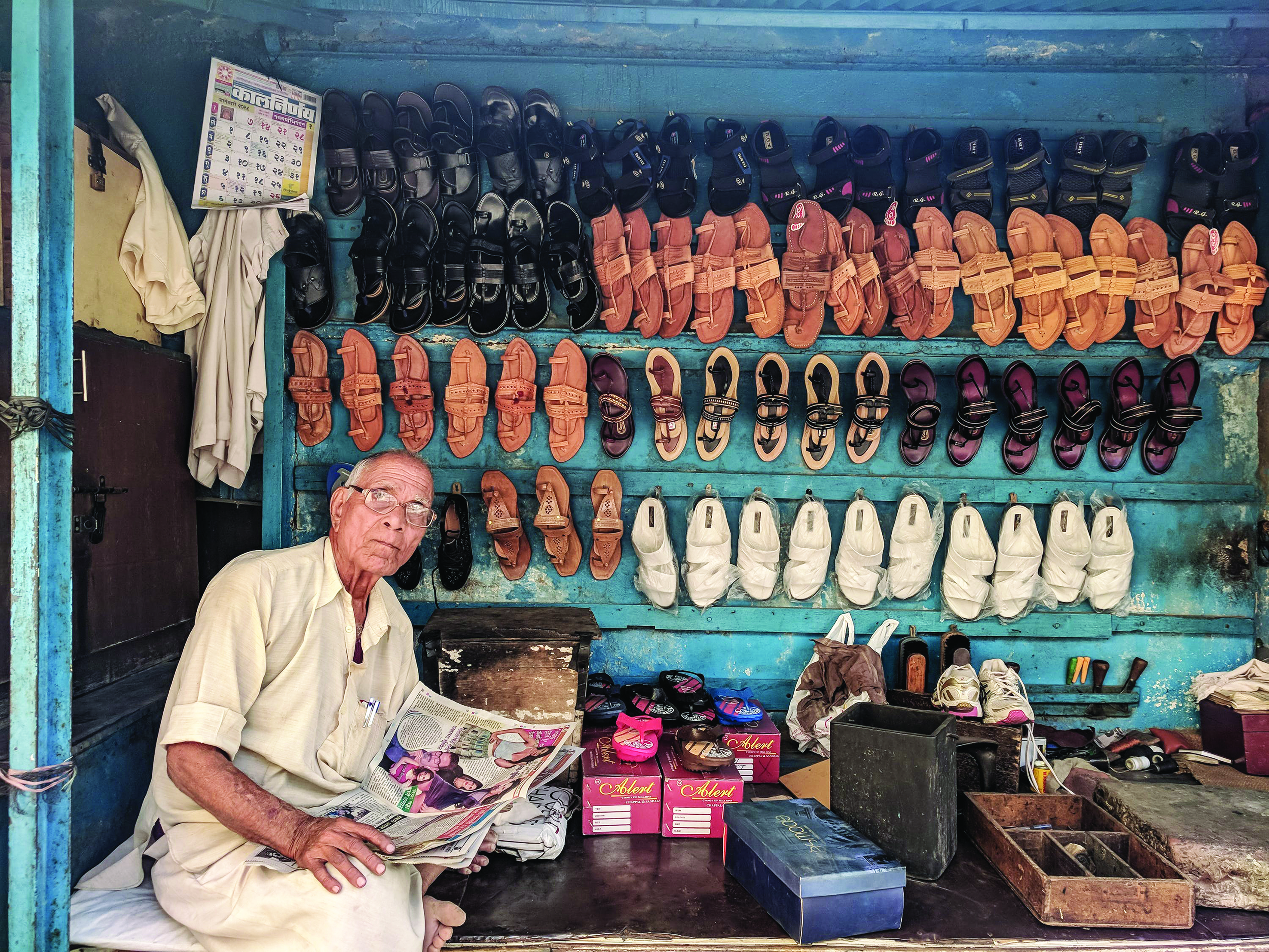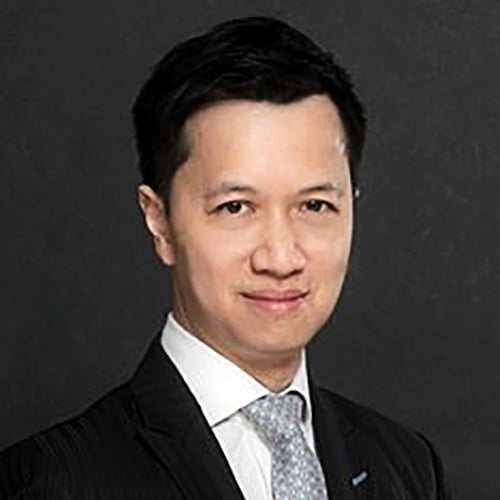Take a technology-driven bank, which we will call "N", for example. In its third quarter results, N bank had an eye-catching performance: a low NPL ratio and high-speed growth. N Bank pursued an asset-light strategy that boosted its capital use efficiency. N Bank adopted a “micro and small-sized enterprise, consumer loan plus asset securitization” model that features diversification and fast returns.
The bank first grants a batch of micro and small-sized enterprise loans or consumer loans, and then entrusts these loans to a trust manager for the inception of a property right trust so as to obtain the original beneficial interests. Later, the bank registers and transfers these beneficial interests at the China Credit Assets Registry & Exchange Co, and the transferee makes a payment to the bank, signifying that the bank has transferred the credit assets to the investor. However, the bank is still responsible for managing the credit in a property right trust. It will transfer the principal and interest to the trust within the specified period of time. The trust will distribute the benefit to the transferee. In this process, the proceeds to the bank are used to finance micro and small-sized enterprises or consumers again in the same way.
While extending a micro and small-sized loan, the bank has addressed high costs and high risks technologically, and managed to handle risk control and cost reduction well by increasing the customer onboarding channels and information sources.
 In terms of customer onboarding, the bank has explored the demand across a variety of channels both internally and externally. Internally, cross-sales are launched to mine potential customers from the existing customer groups; the external channels include procurement, data exchange, web crawler and credit information sharing with the State Information Center. Through sharing credit information with the state, the bank has developed a whitelist database, and customer information is distributed to the branches and sub-branches in the areas where the customers are located for targeted marketing.
In terms of customer onboarding, the bank has explored the demand across a variety of channels both internally and externally. Internally, cross-sales are launched to mine potential customers from the existing customer groups; the external channels include procurement, data exchange, web crawler and credit information sharing with the State Information Center. Through sharing credit information with the state, the bank has developed a whitelist database, and customer information is distributed to the branches and sub-branches in the areas where the customers are located for targeted marketing.What’s more, the bank has also engaged with other types of platforms and searched for the platforms with similar target customers. For example, the bank has embedded information into the online tax service platform of VAT payers so that they can see it while filing for tax services and then get access to online banking for loan application.
On risk control, after initiating a loan application, a customer can submit personal and corporate information online. If the customer is an authenticated bank card holder, he/she can be delegated authority and get approval online in just seconds. A credit limit can be determined and contracts can be created automatically with the database, risk control model and system back office without manual intervention, thus reducing human costs.
Regarding products, the bank also provides a flexible lending model of “one-time approval, revolving borrowing”. That is, a borrower can repay or borrow a new loan anytime within the credit limit and validity. The loan interest is accrued daily, and settled monthly, thus saving customers financial costs.
A bank owned by a technology giant, which we will call "W" is another example of a bank that explores this financing model. W Bank is an online direct bank and has no physical outlets to take deposits. W Bank has to utilize three ways of funding: first, borrow from the interbank market, e.g. issue interbank CDs; second, cooperate with other traditional banks to lend pro rata; and third, encash in advance via asset transfer so as to get back cash. The transfer via the China Credit Assets Registry & Exchange involves lower costs, so it is frequently used by W Bank.
The practice of W Bank is similar to that of N Bank. First, the bank grants a loan to a borrower, forming credit assets, and then establishes the property right trust for the listed transfer of beneficial interests in trust. The investor accepts beneficial interests and makes a payment to the trust. The trust transfers the payment to the bank, and the bank is responsible for managing the borrower’s money. During the period of repayment the bank transfers the principal and interest to the trust, and the trust distributes the benefits to the investor. Funding obtained by the bank in the process can be used for lending again.
W Bank shares technological means with N Bank in micro and small-sized enterprise lending. However, our research finds that a supply-chain-like inclusive finance exists in internet-based finance. These internet platforms run both financial services and e-commerce businesses and can enable whole-supply-chain management from credit, procurement to sales, while introducing insurers to further control risks.
For example, a large agricultural and husbandry company buys sheep from farmers for processing. However, to raise sheep, farmers need to spend a lot on purchasing lambs and feeds. In the past, farmers had no appropriate collateral and they found it very difficult to borrow money from legal channels. This, to a degree, weakened their productivity. In response, the company decided to cooperate with a third-party platform, and they joined hands with an insurance firm to provide loan and insurance to farmers.
What happens is a farmer applies for a loan first, and the company recommends the farmer to the insurer based on its past dealings with the farmer. The insurer exercises due diligence on the farmer and then provides a guarantee. After the relevant documents are submitted to the platform, the platform will grant the loan.
The payment process for purchasing lambs and animal feed is simple. The money is directly transferred from the farmer’s Alipay account to the designated accounts of the lamb and animal feed sellers. When the sheep are ready for sale, the company will buy them back, and transfer the money into the farmer’s account with the platform. The farmer will complete loan repayment automatically via the platform account.
By providing farmers with a one-stop service from loan to procurement to sales, the platform can prevent farmers from misappropriating the loan so that the loan funds can be used for its designated purpose, and control the whole process to get the loan back.




.jpg)
.jpg)


